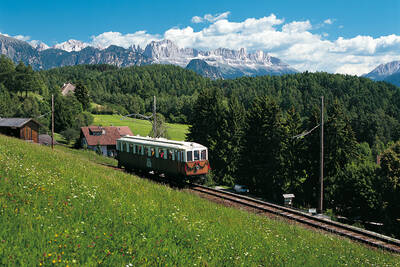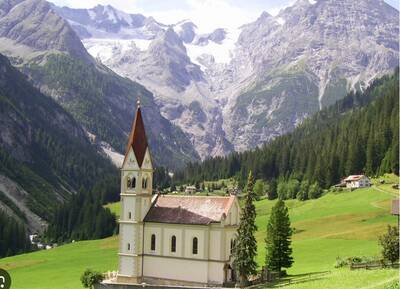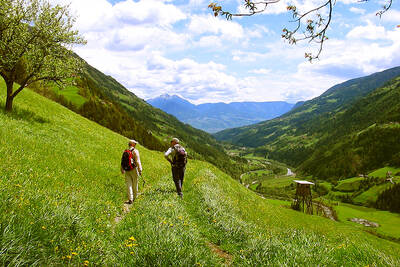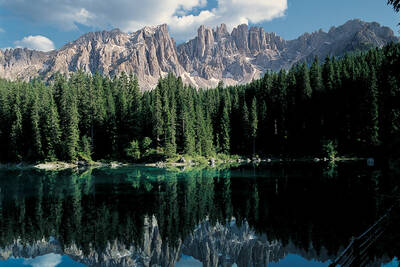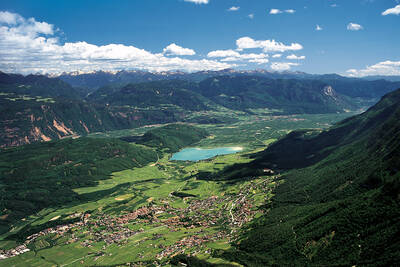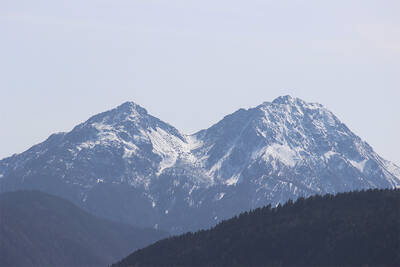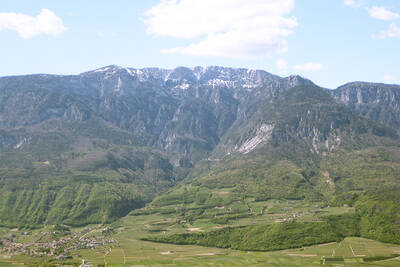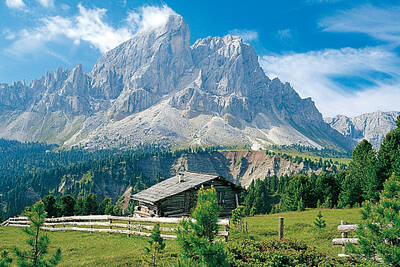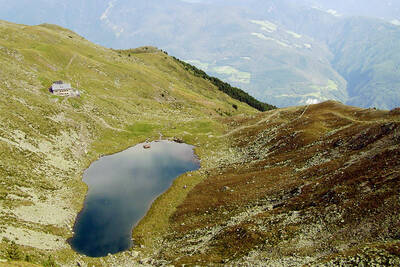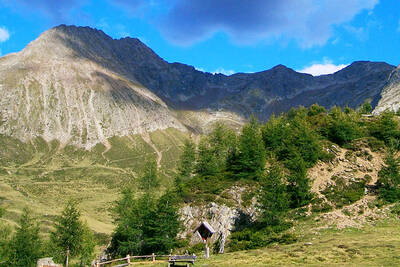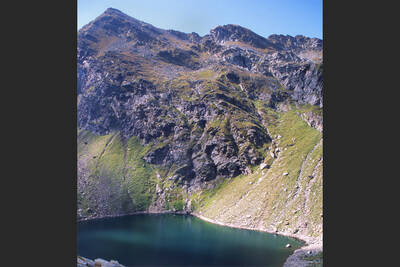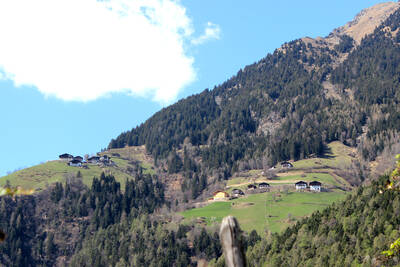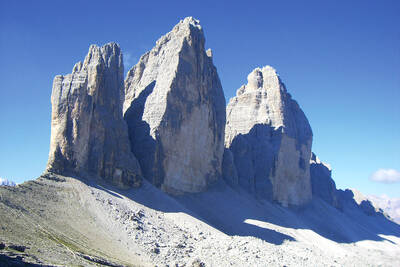The starting point of the trail is in Aldein, then you continue hiking on existing paths until you reach Sexten. At each stage, hikers learn a lot of interesting facts about the geology of the Dolomites. The Dolomites UNESCO Geotrail was created through a collaboration of the AVS and CAI South Tyrol associations, the South Tyrolean nature parks, the State Office for Geology and Building Materials Testing, IDM South Tyrol, the tourist associations of the Dolomite region, as well as the Department of Nature, Landscape, and Spatial Development, with the aim of imparting knowledge about the UNESCO World Heritage Dolomites to both locals and guests. The goal is to hike and perceive the fantastic mountain world with all senses and thereby strengthen the responsibility towards the landscape and nature.
On the way on the Dolomites UNESCO Geotrail
The Dolomites UNESCO Geotrail not only conveys a lot of valuable information about the Dolomites, but also stands for a decelerated mountain experience and for high-quality tourism, which can be experienced at the 19 stations in total.
On the formation of the Dolomites
Previously, the locals also called the Dolomites "Bleiche Berge" (Pale Mountains), until the French geologist Déodat de Dolomieu came to this region in the 18th century and discovered an unknown mineral here, consisting of magnesium and calcium. Since then, this mineral has been called dolomite and the mountains in which the geologist discovered the rock have been called the Dolomites. The formation of the Dolomites is particularly evident in the Bletterbach Gorge, where the earth's history is almost compressed on the rock walls.
Approximately 280 million years ago, the Dolomite area was a flat and volcanic landmass and belonged to the supercontinent Pangaea. This eventually broke apart and the volcanic landscape became a coastal plain, which submerged and resurfaced several times, until the two new continents of Paleo-Africa and Paleo-Europe formed, which subsequently drifted apart. Finally, the so-called Dolomite reefs developed, which sank into a sea basin due to climatic changes. About 30 million years ago, the Dolomites emerged from the sea again, the rock layers were folded, and the Alps were formed. Due to the strong pressure, numerous layers of the Alps merged, but many original rock layers of the Dolomites remained intact.
 How do you like the content of this page?
How do you like the content of this page?
Please give us your feedback!
Recommended accommodations
Month
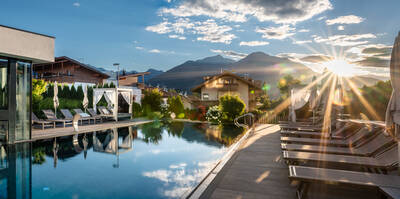
Vacation Offers
tips














 notice
notice






